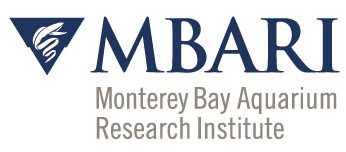Scibotics partnership with MBARI to build more and enhance Long-range AUVs
- Ongoing efforts aim to provide long-range endurance and shipless operations with an updated fleet of MBARI-WHOI LRAUVs for science.
- In addition to MBARI's fleet of ten LRAUVs, WHOI now has Polaris-underice, Stella and Pyxis with a forth LRAUV in the works for NOAA fisheries benthic surveys around wind turbines
Development of a Long-Range AUV for Oil & Environmental Anomaly Detection/Mapping
The increasing level of commercial marine activity in high latitudes creates an ever growing risk of oil spills. Even in logistically accessible, ice-clear oceans, characterizing the extent and nature of a spill can be difficult as the Deepwater Horizon incident highlighted. We are currently developing a small, long range system, called the Tethys Long-Range AUV (LRAUV). The LRAUV is helicopter-portable, allowing rapid response to incidents to provide situational awareness for first responders.
Outcomes of this project will be construction of a small long-range AUV (LRAUV) equipped with oil sensors and navigation systems, demonstration of the LRAUV survey capability, and creation of a simulator for gaming AUV deployments for oil spills. The resulting capability to survey oil spills at high latitudes and under ice answers an unmet need for the Department of Homeland Security and U.S. Coast Guard.
The project is in collaboration with the Artic Domain Awareness Center (ADAC), which is hosted by the University of Alaska Anchorage. The Department of Homeland Security (DHS) Science and Technology Directorate (S&T) has partnered with ADAC and WHOI to develop this vehicle. ADAC is one of S&T’s Centers of Excellence.
Partners/collaborators
Amy Kukulya, Principal Investigator
Brett Hobson, co-PI, MBARI
